In recent years, the selection of new crop varieties for cultivation to bring income to people has affirmed that the policy of transforming the structure of crops and livestock is in the right direction. The story of pear trees in the highlands of Mu Cang Chai (Yen Bai province) is a typical example.
Growing pears "suitable for the soil", farmers earn hundreds of millions of dong
It is currently pear harvest season for farmers in Mu Cang Chai district (Yen Bai province). Visiting the people of Pung Luong commune - a locality with over 72 hectares of pears, of which over 5 hectares have been harvested, mainly concentrated in De Cho Chua B, Pung Luong and Mi Hang Tau villages, we saw the excited faces of farmers harvesting large, beautiful pears to bring to market.
This year, according to people's assessment, the pear crop is good, with large, good quality fruit and stable prices, bringing a good income to pear growers.
The entire pear garden of more than 100 trees of Mrs. Lu Thi Da's family in De Cho Chua B village, Pung Luong commune, Mu Cang Chai district (Yen Bai province) is in the peak ripening season. These are pear trees nearly 5 years old, on average, Mrs. Da harvests about 10 - 30 kg from each tree.
This year, the weather is quite favorable for pear trees, so the pears bear fruit evenly and beautifully with the selling price ranging from 30,000 - 40,000 VND/kg. It is estimated that by the end of the pear season, Mrs. Da's family will harvest nearly 4 tons of fruit with a revenue of nearly 100 million VND.
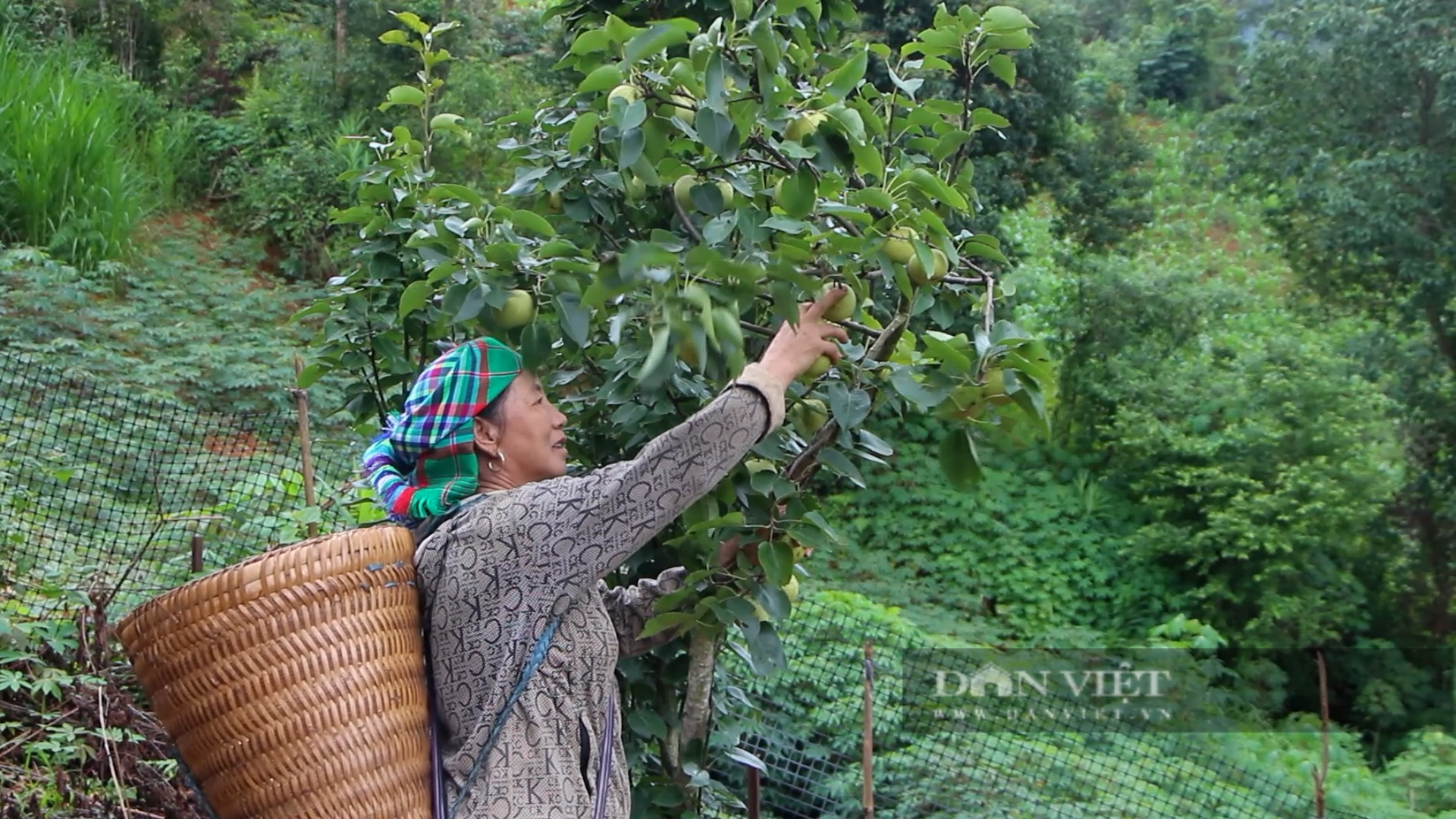
Mrs. Lu Thi Da is harvesting large, beautiful pears to sell to the market. Photo: HH
Ms. Lu Thi Da shared: "Previously, my family mainly farmed and worked in the fields and found it hard work without bringing economic efficiency. Therefore, my family switched to growing pears on the family's poor corn land. Now I see that growing pears has an economic value 3-4 times higher than growing corn and rice. In the near future, my family will expand the area to grow pears to develop the economy and increase income."
With an area of over 2 hectares of hilly land, Ms. Giang Thi Tru's family in Nga Ba Kim village, Pung Luong commune, Mu Cang Chai district used to plant trees such as Tam Hoa plum, Hau plum, and mango, but because the trees were not suitable for the conditions, soil and climate, they did not bring economic efficiency.
After learning about pear trees, in 2018, Ms. Tru's family boldly cut down the Tam Hoa plum, Hau plum and mango trees to plant 200 pear trees. After more than 5 years of planting, the pear trees were suitable for the soil and climate conditions, so they grew well, the trees began to bear fruit after 3 years of planting and began to be harvested after 4 years.
Through preliminary calculations, 1 hectare of pears also yields over 40 tons of fruit and with an average selling price of 30,000 VND/kg, bringing a stable income to Ms. Tru's family.
"Previously, my family planted many types of trees but they were not effective, so we switched to growing pear trees. This pear tree produces many fruits a year, and on average my husband and I earn 100 million, which also serves many of our family's needs," said Ms. Tru.
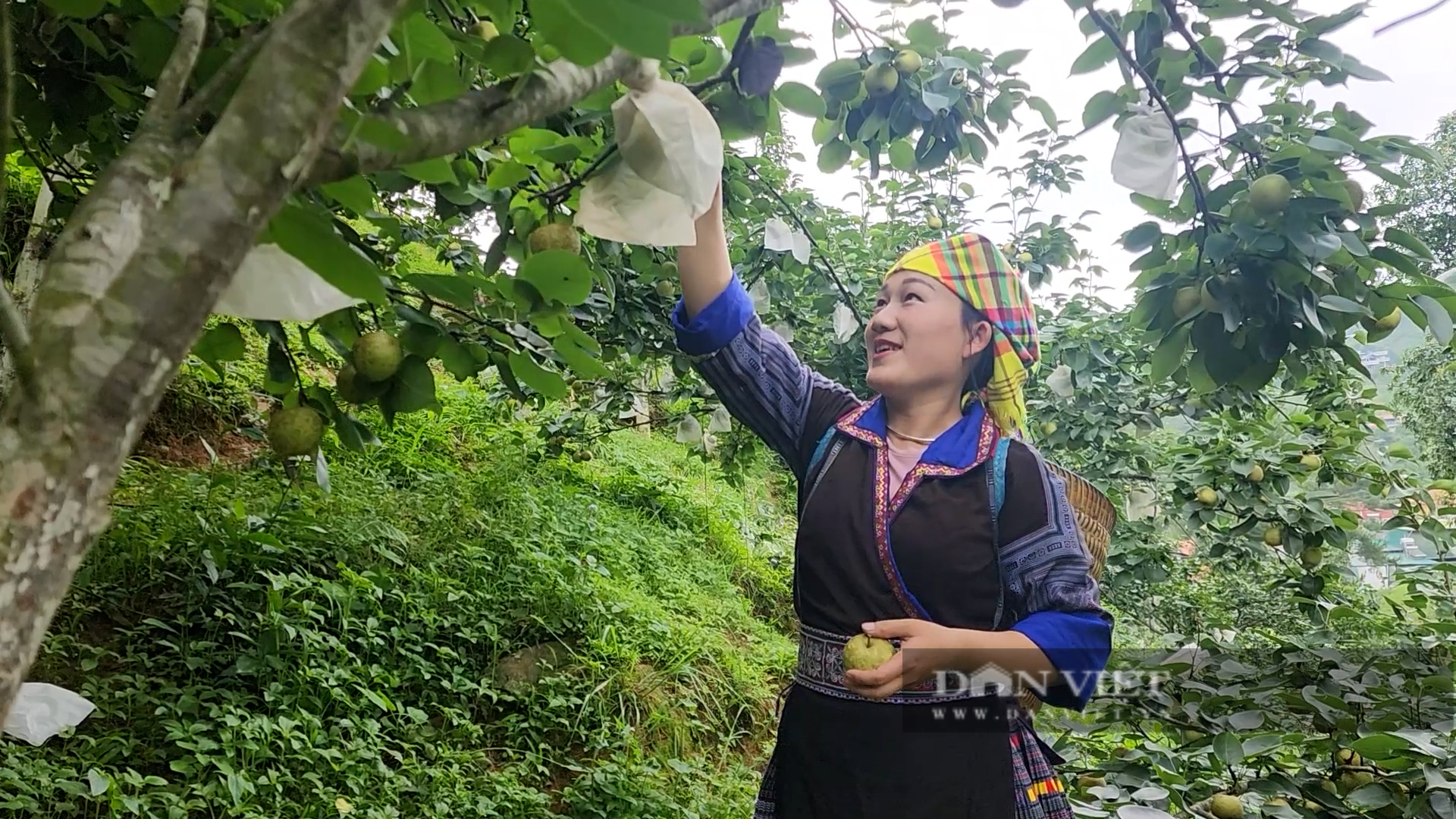
In 2018, Giang Thi Tru's family boldly cut down plum and mango trees to plant 200 pear trees. According to preliminary calculations, 1 hectare of pear trees brings Tru's family an income of over 100 million VND. Photo: HH
Need to improve pear growing techniques, link pear consumption
Due to the steep mountainous terrain, people in Pung Luong commune mainly live on agricultural and forestry production, so their economic life is very difficult. In order to improve the living standards of people in recent years, the Party Committee and the government of Pung Luong commune have actively implemented structural transformation, in which pear trees have been selected for cultivation during the trial planting. Up to now, in Pung Luong commune, people have planted 72 hectares of pear trees, of which over 5 hectares are harvested.
Mr. Ly A Tua - Standing Deputy Secretary of the Party Committee of Pung Luong commune said: "Agricultural production in the commune used to be mainly rice and corn cultivation. In order to change the crop structure, people have switched to pear cultivation. Realizing that pear cultivation is more economically efficient than other crops, in the coming time, the local Party Committee and government will promote people to expand the area, increase their income, and contribute to the commune's construction of new rural areas."
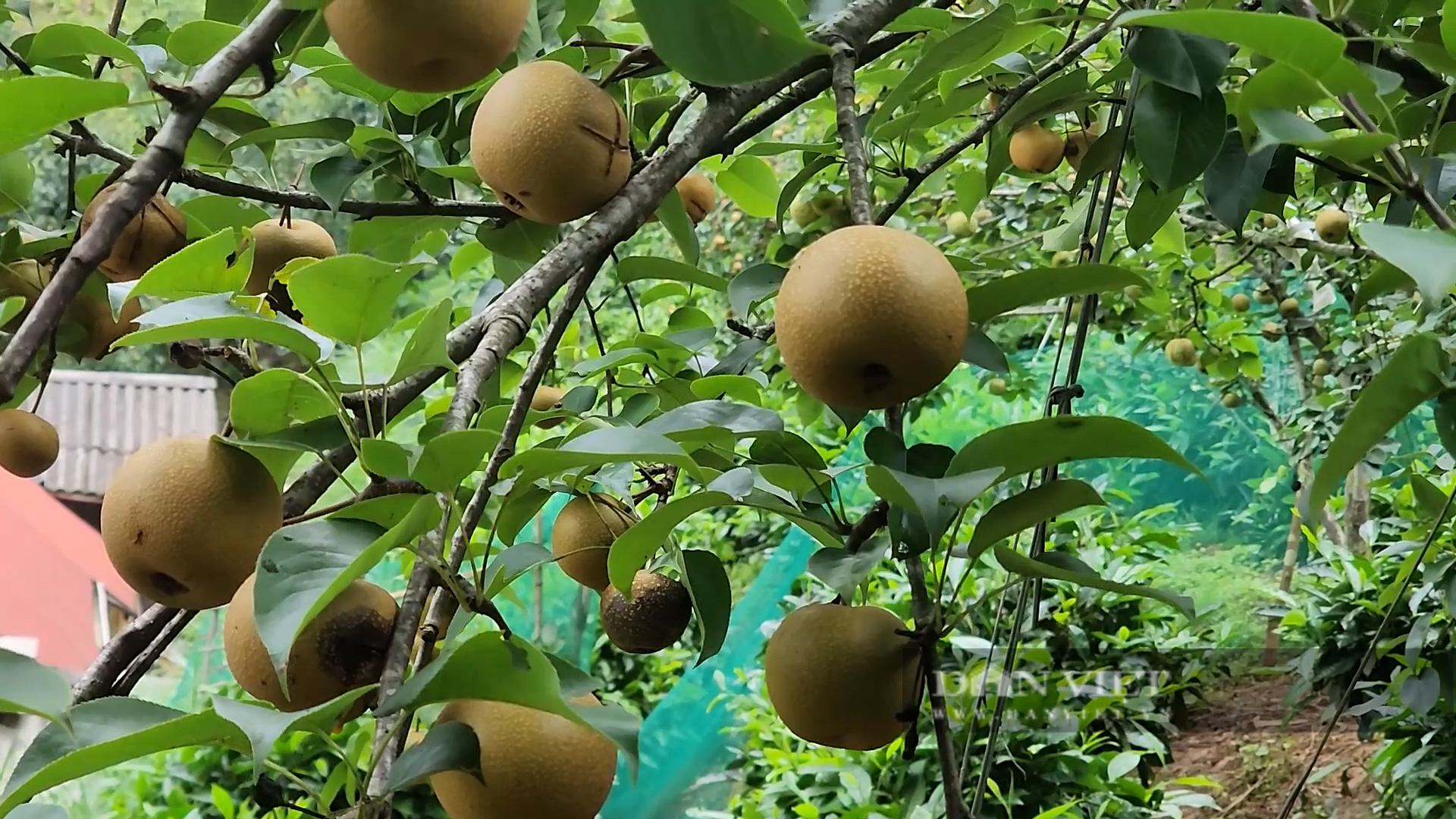
Implementing the conversion of crop structure, people in Pung Luong commune, Mu Cang Chai district, Yen Bai province have switched to growing pear trees. Photo: HH
Implementing the policy of converting the structure of crops and livestock, aiming to help people develop the economy and get rich in their homeland, through experimental planting since 2008, after affirming economic efficiency from 2019 to present, Mu Cang Chai District Party Committee has actively mobilized people to plant and develop pear trees. Up to now, the whole district has 200 hectares, mainly Taiwanese pear and Tai Nung pear varieties grown in Pung Luong, La Pan Tan and Nam Khat communes.
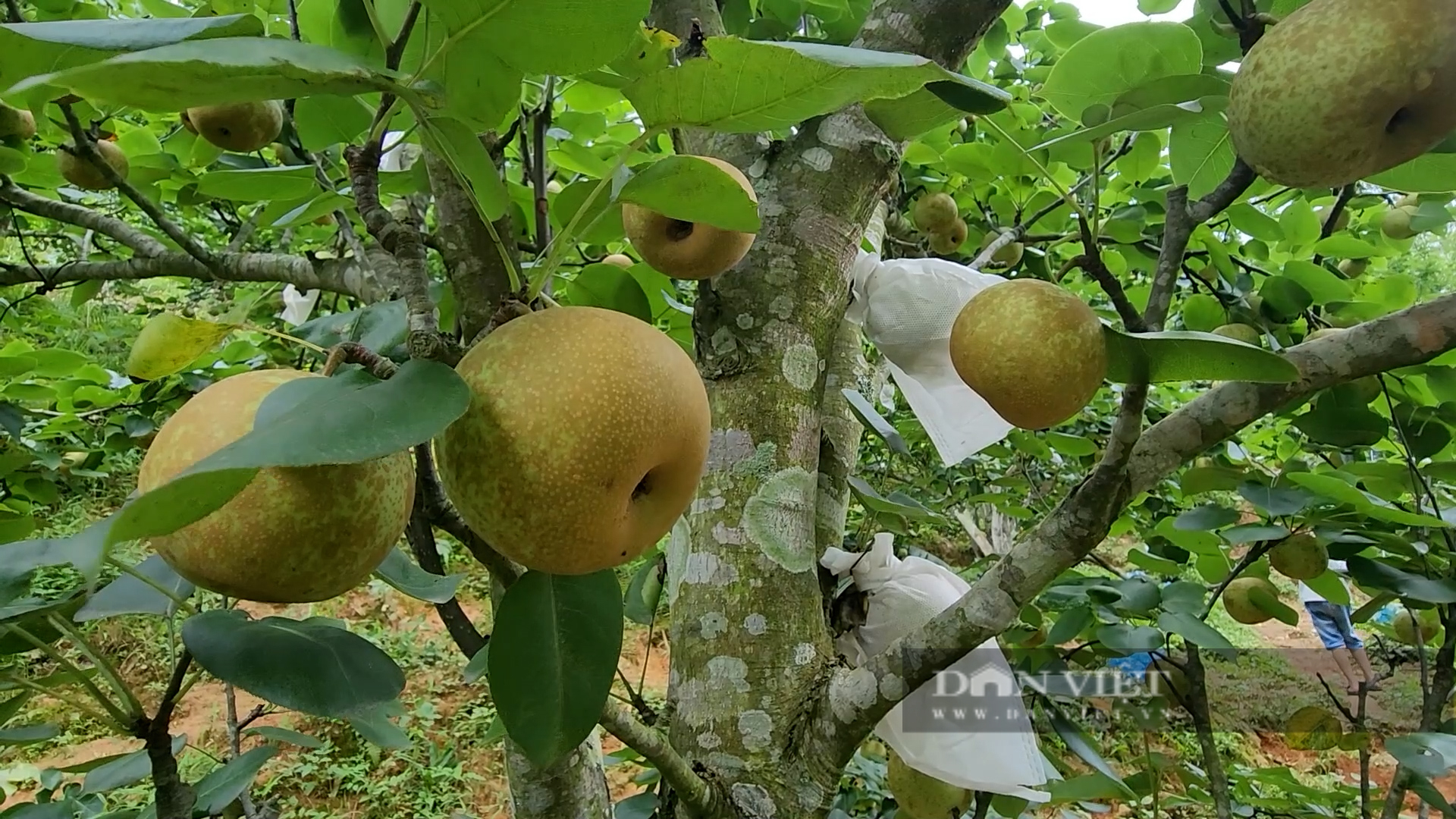
The whole Mu Cang Chai district has over 200 hectares of pears, mainly Taiwanese pears and Tai Nung pears. Photo: HH
According to Mr. Luong Van Thu - Head of the Department of Agriculture and Rural Development of Mu Cang Chai district, the district has also introduced a number of temperate crop varieties for development in the area, of which pear varieties have brought high economic efficiency, helping people to eliminate hunger and reduce poverty.
"Implementing the agricultural restructuring project as well as the fruit tree development project of the district in the period of 2021 - 2025, by 2025 the district strives to build a concentrated commercial pear production area in the communes of Zone 2 of Mu Cang Chai district with an expected area of over 300 hectares. To ensure livelihoods for people, the district has built a value chain from supplying seedlings, materials to consuming products for people", Mr. Thu further emphasized.
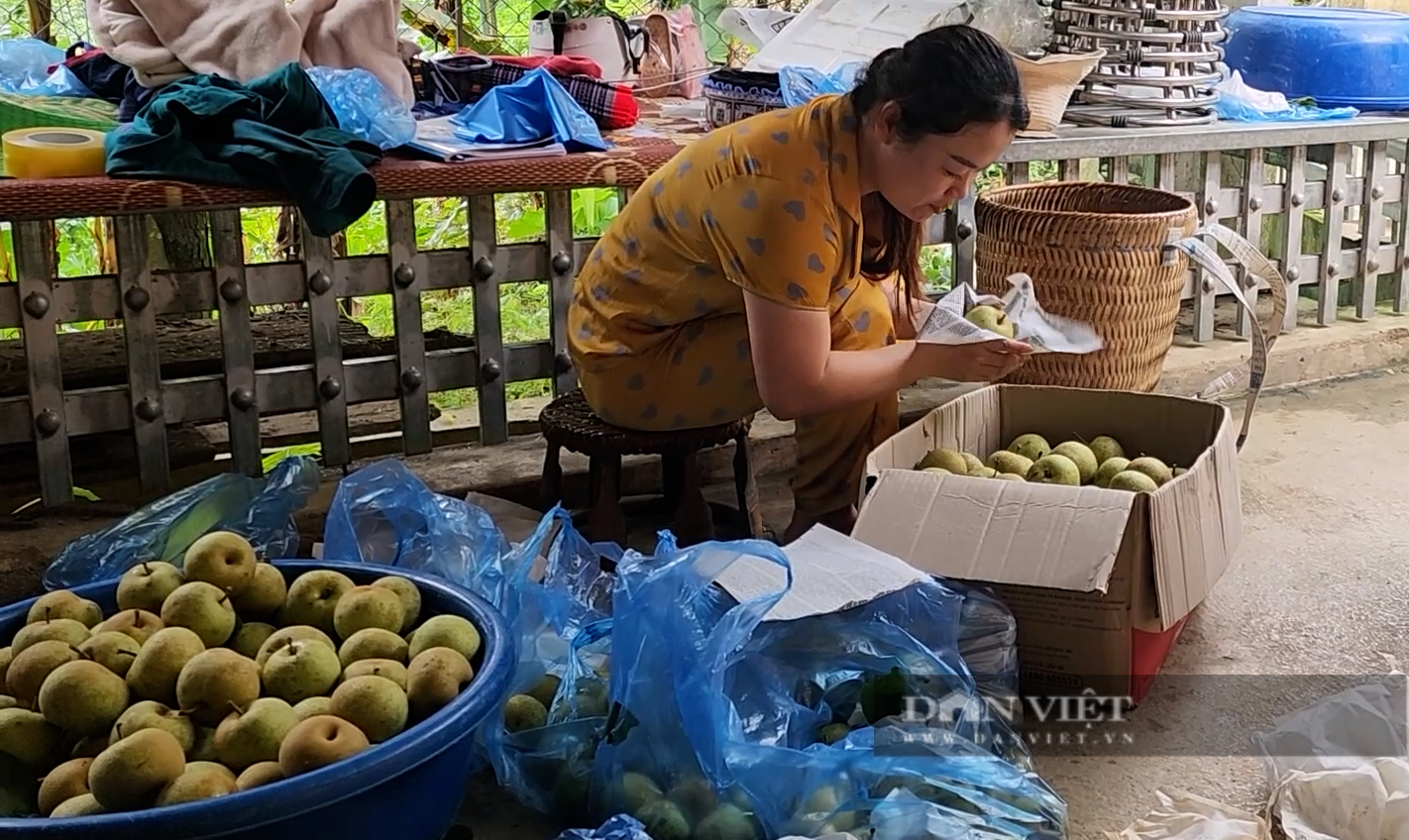
People pack pears to transport to market. Photo: HH
With the economic efficiency it brings to the people, it can be affirmed that the selection and planting of pear trees in Mu Cang Chai district is the right policy. However, in order for pear trees to truly be a key tree that brings stable and long-term income to the people, it is necessary to plan planting in suitable areas as well as actively apply scientific and technical advances in production, at the same time promote and link product consumption.
Source: https://danviet.vn/thu-nghiem-nhieu-loai-cay-nhung-that-bai-nong-dan-huyen-nay-cua-tinh-yen-bai-trong-cay-le-lai-cho-thu-nhap-cao-20240706114339316.htm



![[Photo] President Luong Cuong attends the inauguration of the international container port in Hai Phong](https://vphoto.vietnam.vn/thumb/1200x675/vietnam/resource/IMAGE/2025/5/13/9544c01a03e241fdadb6f9708e1c0b65)
![[Photo] President Luong Cuong awarded the title "Heroic City" to Hai Phong city](https://vphoto.vietnam.vn/thumb/1200x675/vietnam/resource/IMAGE/2025/5/13/d1921aa358994c0f97435a490b3d5065)
![[Photo] Prime Minister Pham Minh Chinh receives Ambassador of the French Republic to Vietnam Olivier Brochet](https://vphoto.vietnam.vn/thumb/1200x675/vietnam/resource/IMAGE/2025/5/13/f5441496fa4a456abf47c8c747d2fe92)
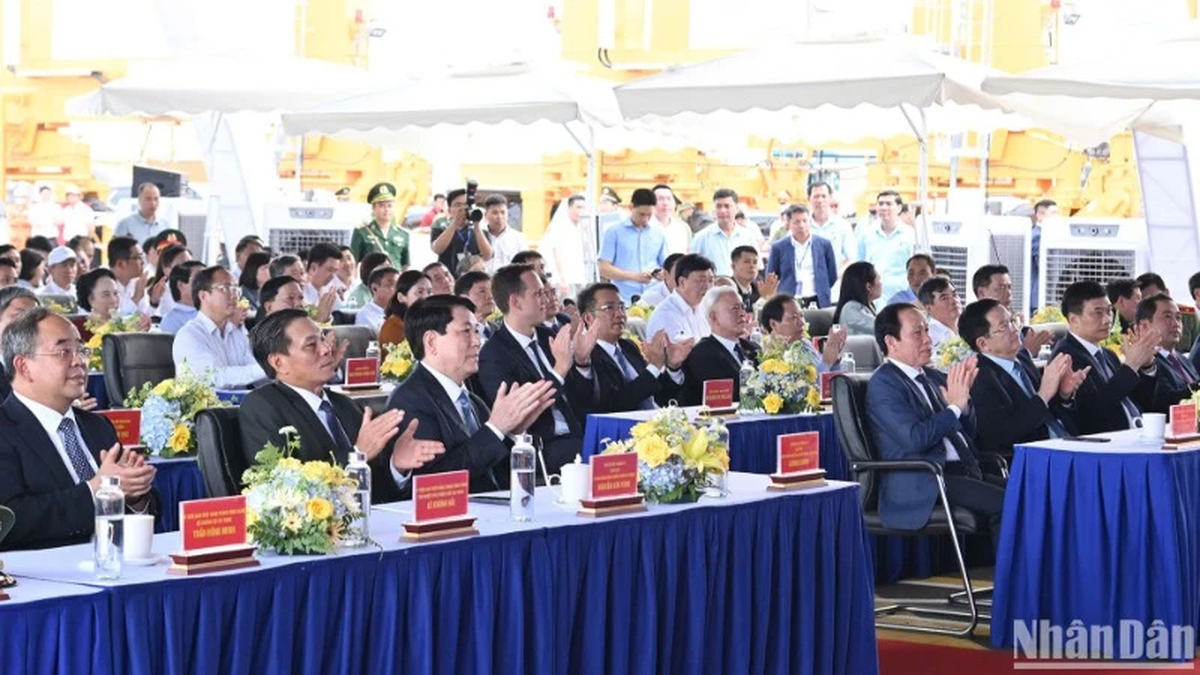
![[Photo] Many people in Hanoi welcome Buddha's relics to Quan Su Pagoda](https://vphoto.vietnam.vn/thumb/1200x675/vietnam/resource/IMAGE/2025/5/13/3e93a7303e1d4d98b6a65e64be57e870)









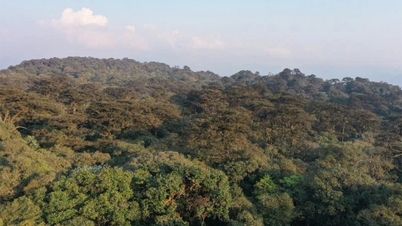
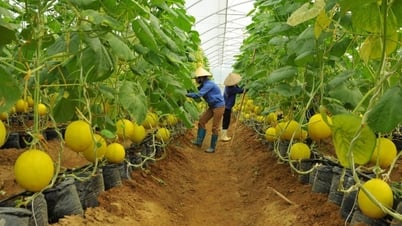
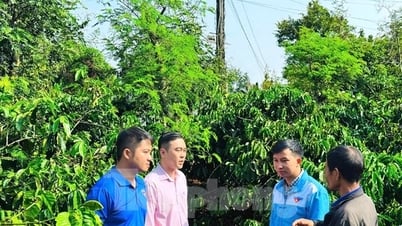
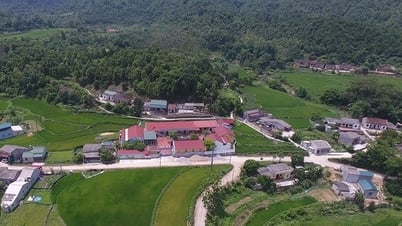
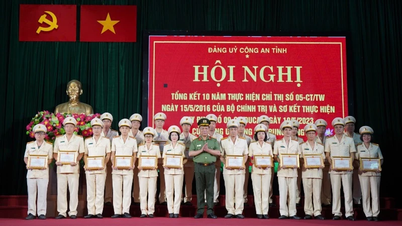
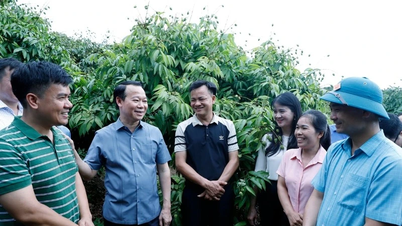
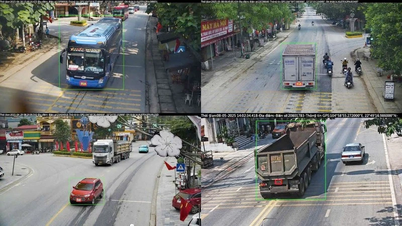




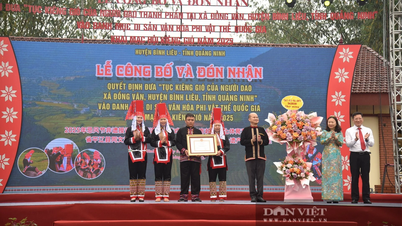
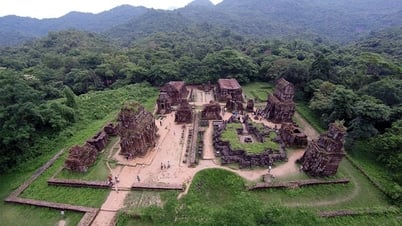


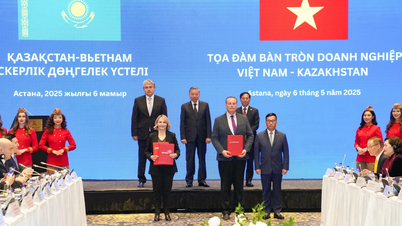



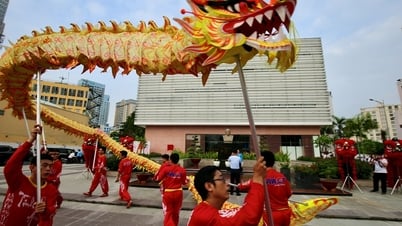

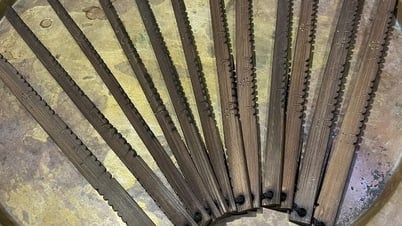

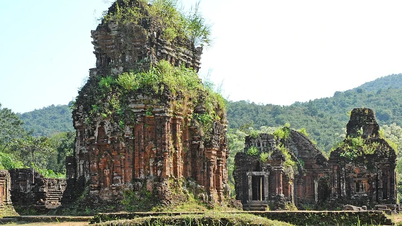

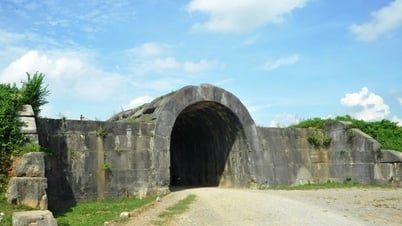
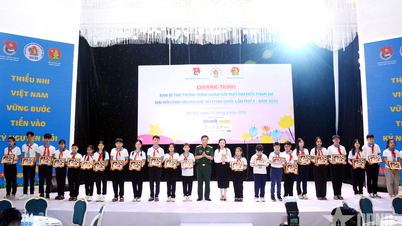



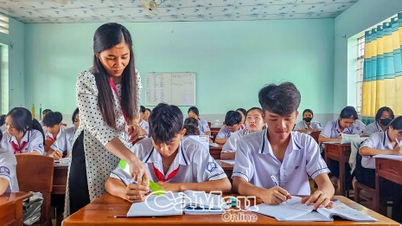

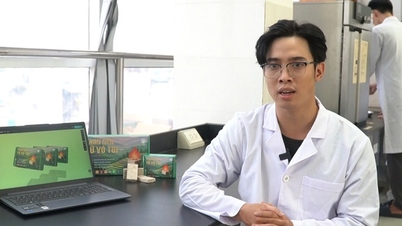

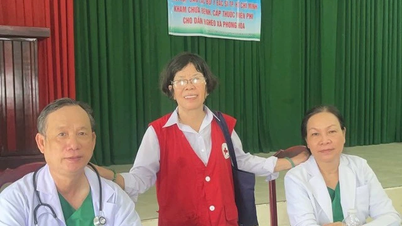









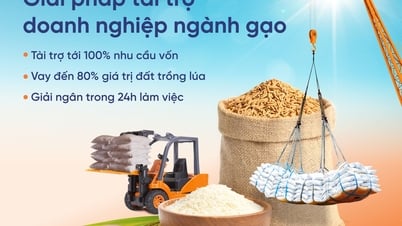














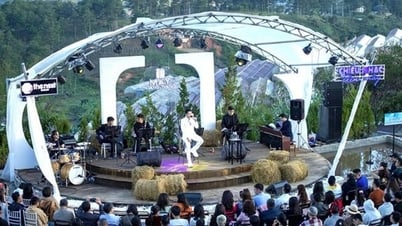



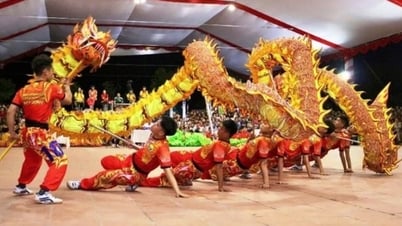
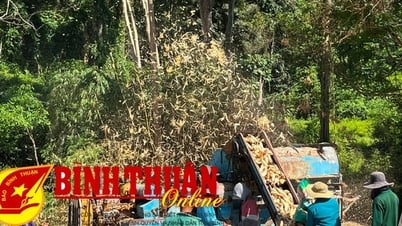






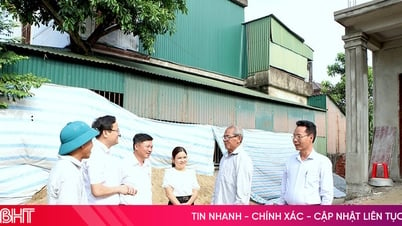
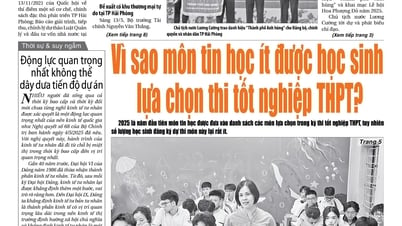



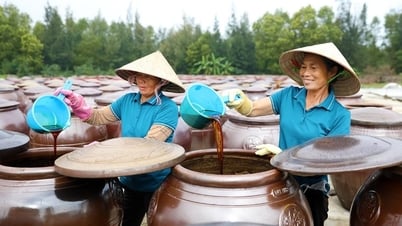
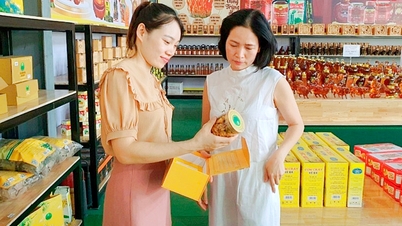

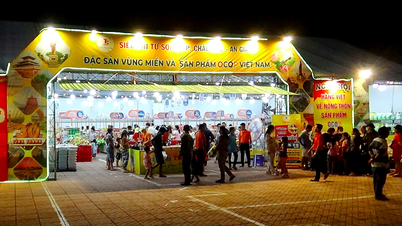

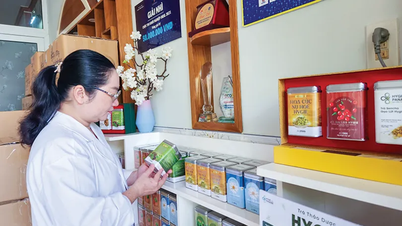

Comment (0)